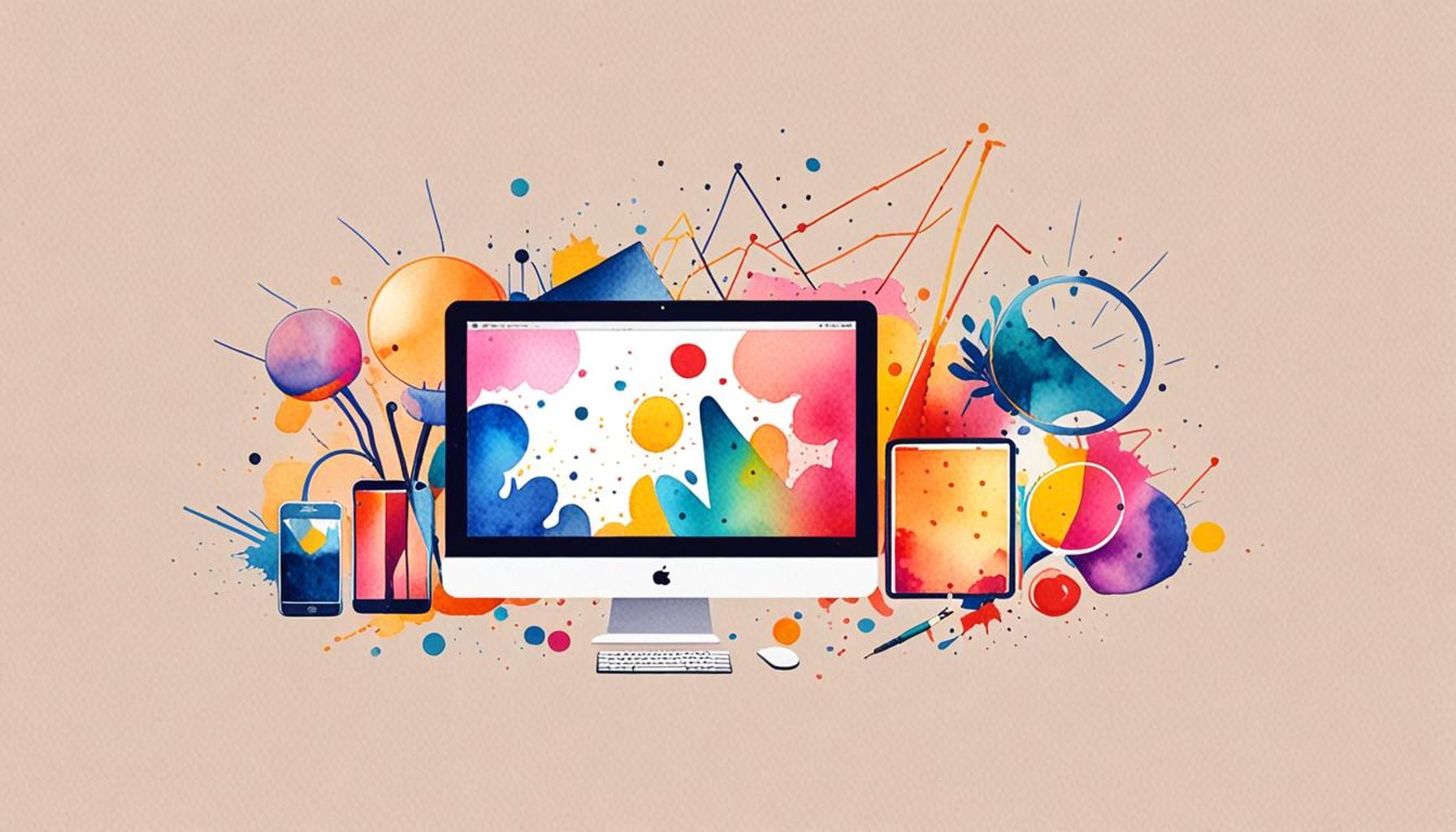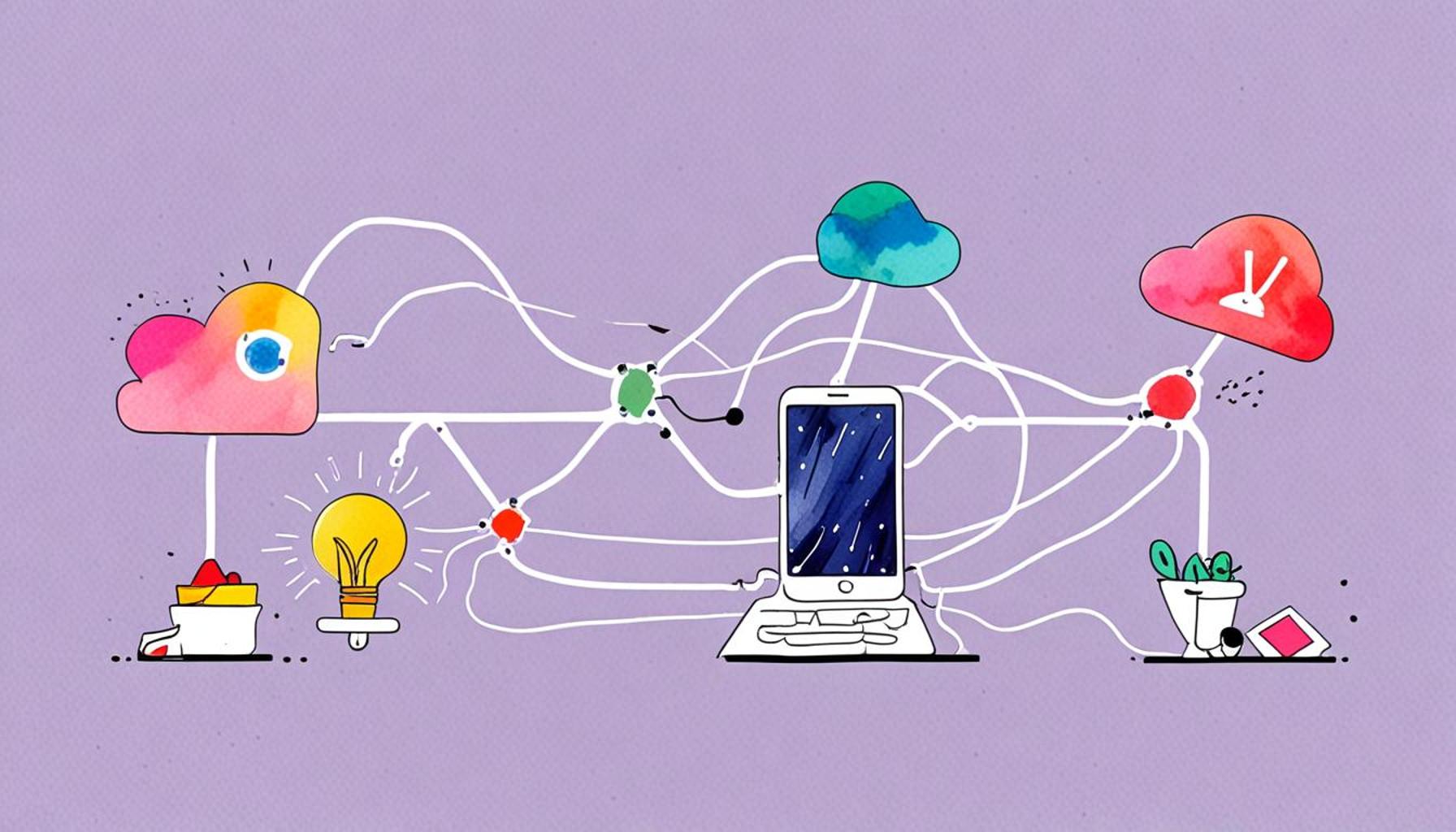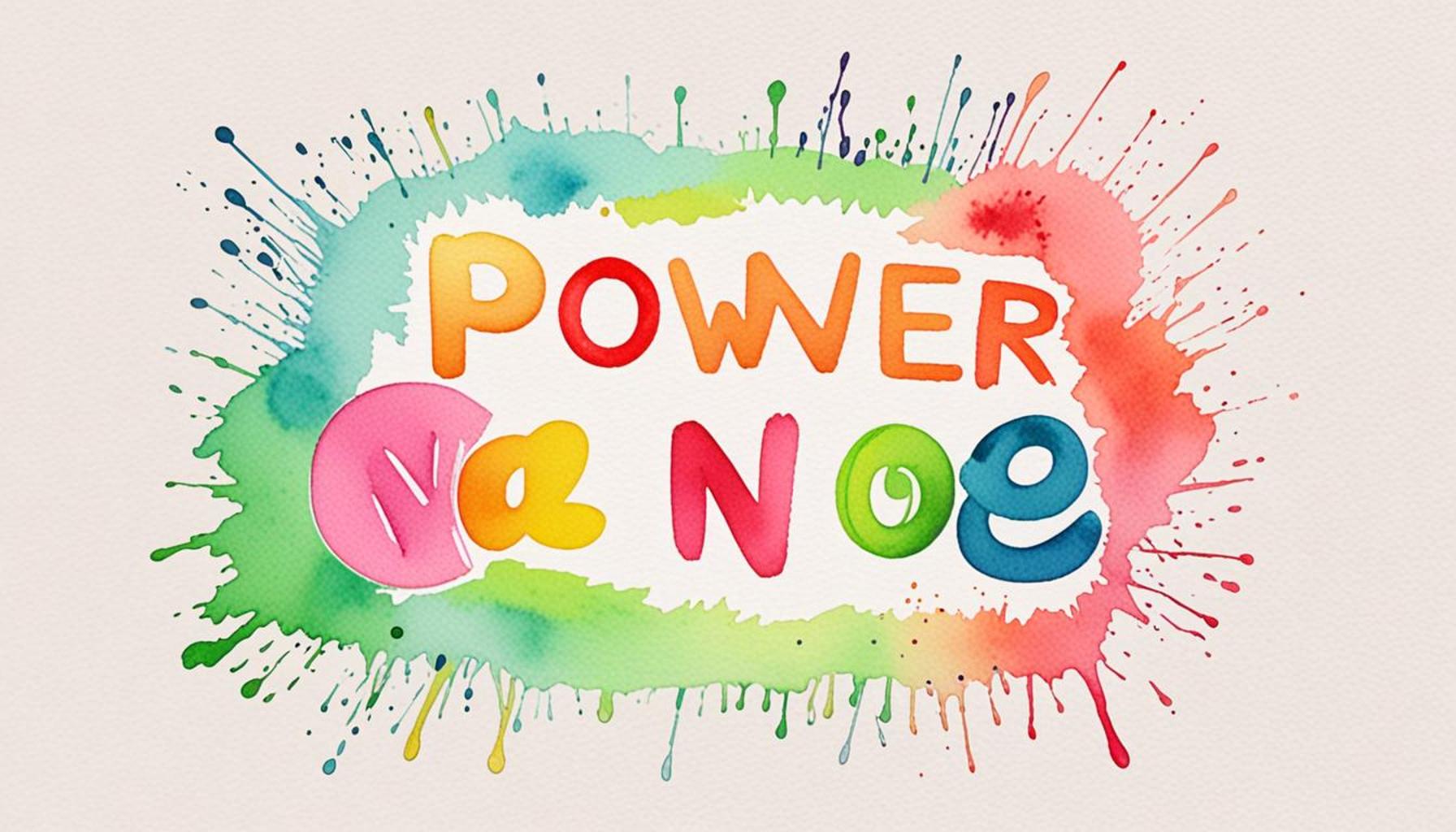Digital Minimalism: Reducing Information Overload to Increase Productivity

The Challenge of Information Overload
In the contemporary landscape marked by rapid digital evolution, it has become increasingly common to experience a sense of overwhelm due to the relentless stream of information that surrounds us. Every day, countless notifications ping on our devices, emails ensue at a staggering rate, and social media feeds refresh with what seems like an infinite array of updates. This persistent exposure contributes to looming feelings of information overload, which not only hampers our productivity but also negatively impacts our mental health. The anxiety stemming from trying to keep up can lead to burnout and a diminished capacity for deep, meaningful work.
Embracing Digital Minimalism
In response to the challenges posed by our digitally saturated lives, digital minimalism presents an enticing solution. This philosophy encourages individuals to intentionally curate their use of technology, fostering a more meaningful and productive engagement with digital tools. The core idea is that by reducing the clamor of unnecessary digital interactions, we can reclaim our time and mental clarity. Below are some pivotal elements that define this approach:
- Selective engagement: Instead of mindlessly scrolling through every social media platform or falling into the trap of excessive app downloads, digital minimalism advocates for choosing platforms and tools that genuinely enhance our lives. For instance, opting for a single social media account that closely aligns with personal or professional interests can significantly reduce distractions.
- Mindful consumption: By being conscious of our online habits, we can limit those aimless browsing sessions that consume our time without adding value. This could mean setting boundaries around social media use or engaging with content that aligns closely with our goals and values.
- Technology boundaries: Implementing specific times for checking emails or social media can drastically lessen the urge to respond to every notification in real-time. For example, designating a two-hour block in the afternoon for checking emails can help maintain focus on more critical tasks without constant interruptions.
The Impact of a Streamlined Digital Environment
The effectiveness of digital minimalism stems from a deeper understanding of personal priorities. By aligning our digital habits with our overarching goals, we can sharpen focus and liberate ourselves from incessant distractions. Research indicates that a streamlined digital environment not only boosts creativity but also enhances problem-solving capabilities, a crucial element in both personal and professional settings.
This shift towards digital minimalism invites not merely practical adjustments but a fundamental transformation in our relationship with technology. By adopting mindful strategies, we can redefine our digital landscapes as supportive ecosystems that nurture productivity while minimizing negative impacts. As the current engagement with technology continues to evolve, exploring the principles of digital minimalism can lead to significant improvements in well-being and effectiveness in daily life.
DISCOVER MORE: Click here for space optimization tips

The Key Principles of Digital Minimalism
At the heart of digital minimalism lie some fundamental principles that can drastically alter the way we interact with technology. To embark on this transformative journey, it’s essential to understand how these principles can help mitigate information overload and enhance productivity. By embracing a thoughtful approach to our digital environment, we can foster clearer thinking and more focused endeavors.
1. Identifying Essential Digital Tools
The first step in practicing digital minimalism is to identify which digital tools are truly necessary for our personal and professional lives. This involves critically assessing the apps, platforms, and technologies we use. A practical method is to create a list of all digital tools currently in use and evaluate their importance based on criteria such as:
- Purposefulness: Does the tool serve a clear and beneficial purpose in achieving your goals?
- Frequency of use: How often do you engage with the tool? Is it used daily, weekly, or occasionally?
- Value addition: Does this tool add significant value to your life, or is it merely a distraction?
By narrowing down your digital toolkit, you can eliminate the noise that contributes to information overload. For instance, if you find multiple messaging apps cluttering your time, consider consolidating your communication to a single platform like Slack or WhatsApp that fulfills your needs more efficiently.
2. Establishing Clear Digital Goals
Setting clear objectives in your digital life can also play a pivotal role. Much like creating annual goals for your career or personal growth, digital minimalism encourages individuals to set specific, measurable digital goals. These could range from reducing screen time by an hour daily to aiming for zero notifications during work hours. Having defined goals enables you to make conscious decisions about your digital interactions and assess their effectiveness regularly.
3. Creating a Distraction-Free Workspace
One often overlooked aspect of digital minimalism is the physical and digital workspace we cultivate. Cluttered environments—both online and offline—can lead to decreased productivity. To foster a focused workspace, consider these strategies:
- Digital decluttering: Regularly remove apps and files that are no longer necessary from your devices. This creates a cleaner digital interface that minimizes distractions.
- Physical organization: Likewise, ensure your physical workspace is free from clutter, allowing you to maintain focus on the crucial tasks at hand.
- Visual cues: Use desktop wallpapers or physical notes that remind you of your digital goals and priorities. Simple visual prompts can keep you grounded amidst distractions.
By embracing these principles, individuals can craft a streamlined digital experience that not only combats information overload but also enhances productivity and well-being. With clarity and purpose driving technology use, the journey towards a more productive and fulfilling digital life becomes achievable.
| Advantages of Digital Minimalism | Description |
|---|---|
| Enhanced Focus | By reducing distractions from unnecessary digital content, individuals can concentrate on meaningful tasks. |
| Improved Mental Clarity | Filtering out excessive information promotes better decision-making and innovative thinking. |
As our lives become increasingly intertwined with technology, adopting a philosophy of digital minimalism paves the way for better productivity. The principle of minimizing digital distractions allows for enhanced focus, which is critical in today’s fast-paced environment where alerts and notifications incessantly vie for our attention. This heightened focus not only leads to improved work quality but also fosters a sense of satisfaction in the completion of tasks.Moreover, filtering out excessive information from digital platforms results in improved mental clarity. When we embrace a minimalist approach, we can prioritize the quality of content we consume, which in turn streamlines our thought processes and aids in decision-making. This increased clarity can lead to innovative solutions and a greater capacity for strategic thinking, essential in a world where information overload is the norm. By diving deeper into the realms of digital minimalism, we uncover profound enhancements in our productivity and well-being.
DIVE DEEPER: Click here to discover mindful decluttering techniques
Implementing Digital Minimalism in Daily Life
To fully realize the benefits of digital minimalism, it’s imperative to integrate its principles into your everyday routine. This adaptation involves continuous evaluation and recalibration of your digital habits, ensuring they align with your established goals. The following strategies will help you maintain a focused digital landscape that combats information overload and fosters productivity.
4. Limiting Social Media Engagement
Social media can be one of the most significant culprits of information overload. While these platforms enable connection, they often come at the cost of reduced focus and increased distraction. To practice digital minimalism, establish clear boundaries around social media use. For instance, consider implementing a digital detox where you refrain from social media for a week or set specific time slots during the day dedicated solely to checking updates. Research has shown that reducing social media consumption can lead to improved mental clarity and productivity. A study published by the American Psychological Association indicated that participants who limited their social media usage experienced lower levels of anxiety and depression, as well as greater life satisfaction.
5. Embracing the Art of Deep Work
In a world rife with information overload, the ability to focus deeply on one task at a time is a rare and valuable skill. Deep work, a term coined by Cal Newport, refers to the practice of engaging in cognitively demanding tasks for extended periods without distraction. To cultivate deep work, it is crucial to schedule dedicated time blocks in your calendar where interruptions are minimized. This could mean turning off email notifications, silencing your phone, or creating a designated “do not disturb” zone in your workspace. Studies suggest that individuals who engage in deep work are often more productive and creative, leading to higher-quality output and overall job satisfaction.
6. Practicing Mindful Consumption of Content
In the age of constant connectivity, being deliberate about the content we consume is essential. This means actively choosing high-quality, relevant information that aligns with your personal and professional goals while discarding noise. One method to achieve this is to subscribe only to the newsletters, podcasts, or blogs that genuinely provide value to your life. You might also consider implementing a ‘content diet,’ where you cut out or dramatically reduce exposure to low-value information sources such as sensationalist news outlets or clickbait articles. According to research from the Pew Research Center, individuals who curate their media consumption tend to report feeling less overwhelmed and more engaged with the material they choose to follow.
7. Implementing Technology-Free Zones
Creating zones in your life where technology is not allowed can help combat information overload. This could be as simple as designating mealtime as a tech-free period or ensuring that your bedroom remains a sanctuary free from screens. Technology-free zones promote genuine connections with those around you and provide uninterrupted moments for reflection and relaxation. Studies have shown that individuals who disconnect from tech during designated times experience lower stress levels and improved focus when they reengage with their tasks.
By actively adopting these techniques into your daily regimen, you can cultivate a more meaningful relationship with technology. The journey toward digital minimalism enables you to reclaim control over your digital interactions, enhancing productivity and enhancing overall well-being in our increasingly digital world.
Dive Deeper: Click here to uncover more insights
Conclusion
In our fast-paced, hyper-connected society, the allure of constant information can lead to overwhelming information overload, ultimately stifling our productivity and well-being. However, adopting the principles of digital minimalism offers a promising avenue to reclaim our focus and prioritize our mental energy. By embracing strategies such as limiting social media engagement, fostering deep work, curating meaningful content, and establishing technology-free zones, individuals can create a more intentional digital landscape that aligns with their personal and professional goals.
Research highlights the tangible benefits of these practices, revealing that those who limit their digital distractions often experience heightened creativity, reduced anxiety, and improved life satisfaction. Moreover, as we develop a mindful relationship with technology, we increase our capacity to engage in the tasks that truly matter, paving the way for both enhanced productivity and greater fulfillment.
As you embark on your journey toward digital minimalism, consider reflecting on your current digital habits and identifying areas for improvement. This process not only empowers you to conquer information overload but also invites you to explore the deeper connections and moments of clarity that arise when you intentionally reduce the noise. In a world where less can indeed mean more, your proactive decisions regarding technology can yield profound results—transforming chaos into clarity, and distraction into diligence.


